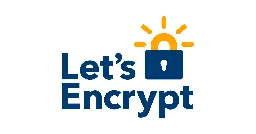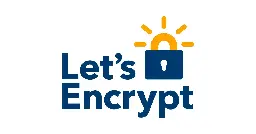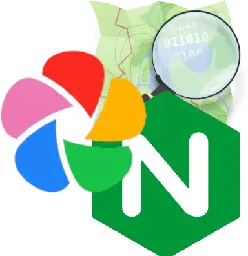Tunneling WireGuard over HTTPS using Wstunnel
pcouy @ pcouy @lemmy.pierre-couy.fr Posts 36Comments 190Joined 2 yr. ago
pcouy @ pcouy @lemmy.pierre-couy.fr
Posts
36
Comments
190
Joined
2 yr. ago
Removed
What are the ramifications of letting an old domain that was used for email go back into the market?
VPS provider to host a cheap WireGuard relay for torrenting
Neural Network prototype on Shadertoy - Interactive handwritten digits classifier
Complex (and trippy) patterns emerging from a simple chemical system simulation
Mitosis in the Gray-Scott model : an introduction to writing shader-based chemical simulations
Mitosis in the Gray-Scott model : an introduction to writing shader-based chemical simulations
Mitosis in the Gray-Scott model : an introduction to writing shader-based chemical simulations
Mitosis in the Gray-Scott model : an introduction to writing shader-based chemical simulations















I'm using the latest firefox on the latest android (just tried it on chrome from the same phone and it loads fine)